Zaha Hadid Architects designed the Phoenix Bridge in collaboration with Holcim, Block Research Gropu at ETH Zurich, ZHACode, and incremental3D, which were constructed at Holcim Innovation Hub in Lyon, France.
The 3D-printed bridge is an evolution of Striatus, which is also a 3D-printed concrete bridge presented during the Venice Architecture Biennale 2021.
Edelio Bermejo, Head of Global R&D of Holcim, said, “I am thrilled to unveil Phoenix, a monument to sustainability and the result of a fruitful collaboration with our partners to meet a common goal: demonstrating that circular and low-carbon infrastructure is possible today. This project showcases the impact that innovation can have on Holcim’s mission to decarbonize buildings for a net-zero future.”

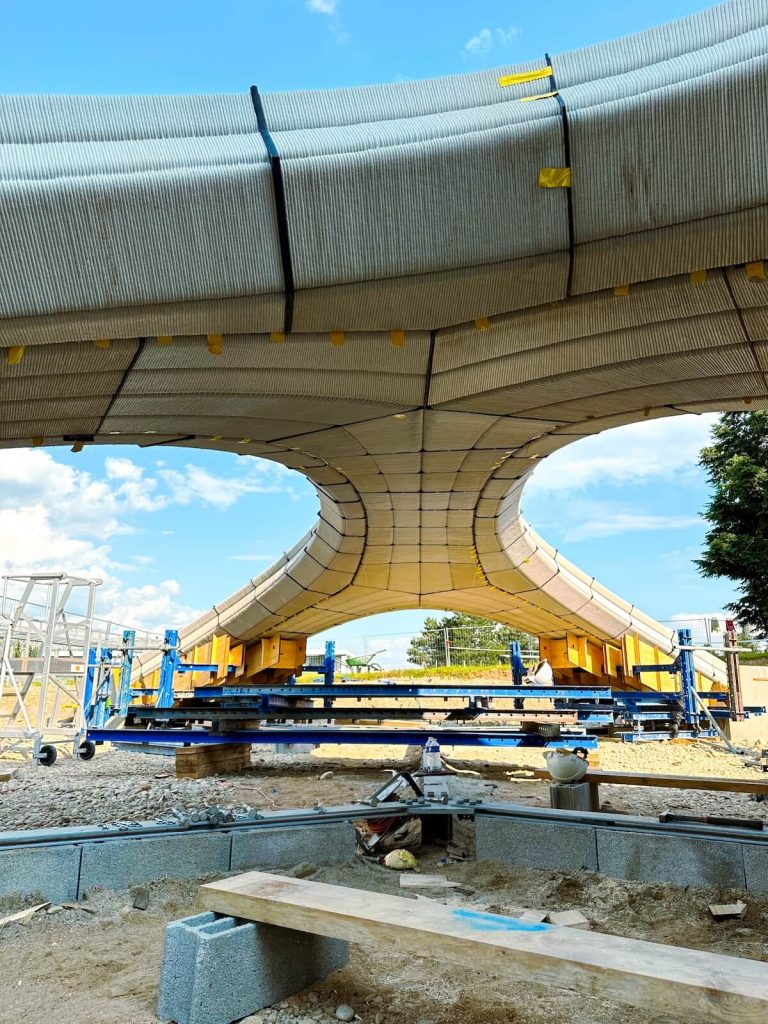
Shajay Bhooshan, Head of Computation and Design Group (ZHACode) at ZHA, said, “Phoenix is a significant milestone in technology readiness. It showcases the maturation of integrated design to construction technologies that were initiated with Striatus. There have been improvements in the robustness of the digital design tools, closer alignment with the numerous structural design and circularity-related improvements, tighter integration with robotic concrete printing parameters and extensive calibration to improve efficiency of production of almost double the number of blocks in less printing time.”
Philippe Block, Co-Director of Block Research Group at ETH Zurich, said, “Concrete is an artificial stone, and like stone, it does not want to be a straight beam, it wants to be a masonry arch. Following these historical principles allows us to keep materials separated for easy recycling and to dry-assemble the structure for easy deconstruction and reuse. 3D concrete printing allows us to realize synthetic voussoirs, placing material only and exactly where needed. The result is a sustainable and truly circular approach to concrete construction.”
10 tons of recycled materials, which include recycled material from Striatus, were used to create the Phoenix Bridge. The bridge was constructed using Holcim’s ECOCycle® circular technology. They also developed a custom concrete ink for Phoenix, which integrated recycled construction demolition materials with 100% recycled ECOPlanet cement.



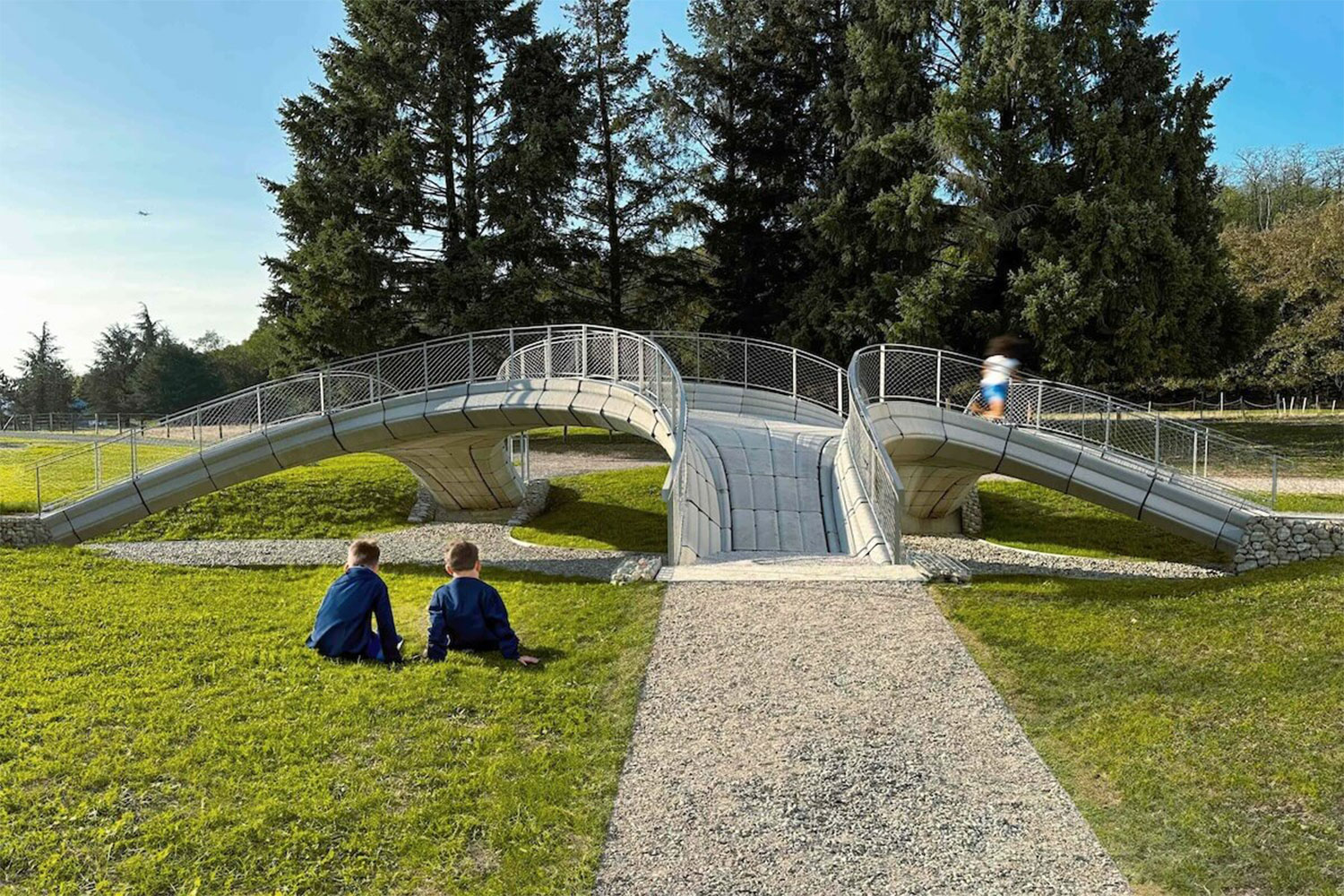
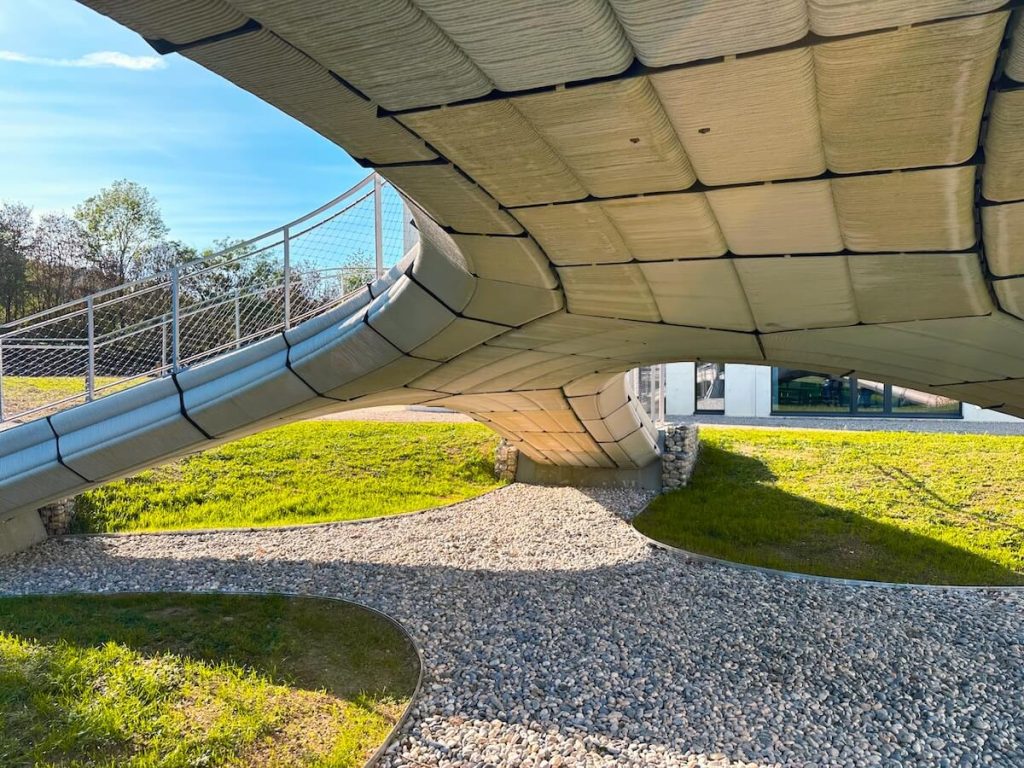
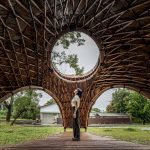
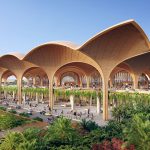


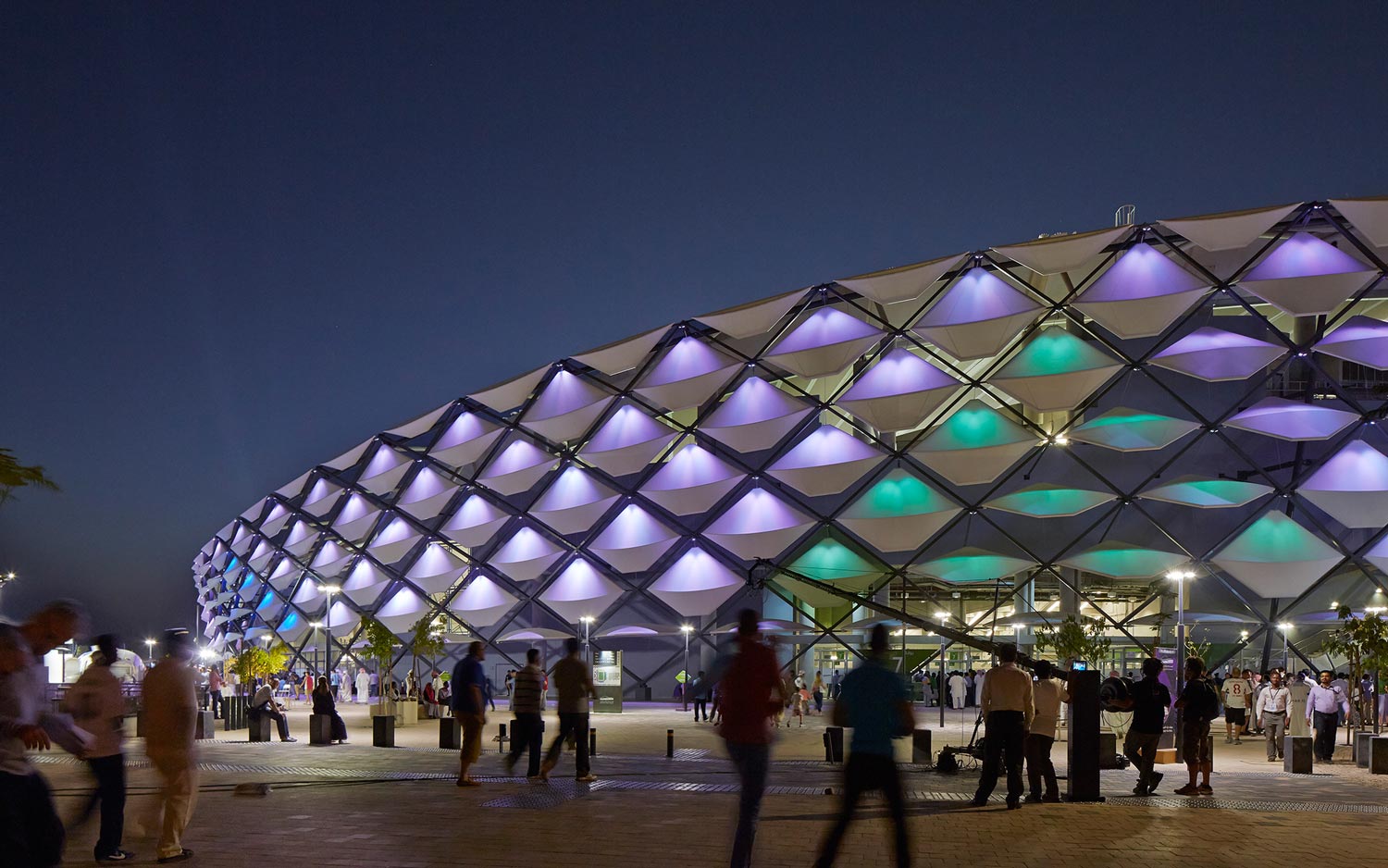









Leave a comment